
Wood Paneling Design Trends for 2023
Raymond Jimenez, founder and creative director of RAYMOND NICOLAS, says: “The mid-century modern aesthetic is very popular these days, and people are using wood paneling again to achieve that look.” Plus a 1970s-inspired look with the renaissance of the 1990s and the meteoric rise of biophilic design, it’s no surprise that wood paneling is making a big comeback. But if the words “wood,” “wall,” and “paneling” give you nightmares, don’t worry—today’s wood panels are warmer, brighter, and more selectively placed than basements of yesteryear.
Related Articles
About the Knowledge of the WPC Wall Panel.
The Best 6 Matching Strategies for Wall Panel
The Latest Interior Wall Panel Design for 2022
I. Is wood paneling back in fashion?
Wood panel walls were a zeitgeist throughout the 1960s and 1970s (via Insider). Homeowners at the time loved wood paneling because it was affordable, easy to install, and paired seamlessly with the bold, bright fall hues of the mid-20th century. In recent years, interior design has shifted from neutral, sterile environments to more hip, eclectic and vintage-inspired homes. In a Vogue article published earlier this year, interior designers eagerly predicted the return of warm, chocolate browns and woody textures.
Like many other mid-century home decor trends, it’s perhaps not surprising that wood paneling is making a comeback. According to Grand View Research, the wood-based panel market is projected to grow by 6.9% annually to be worth $247.23 billion by 2027. If you’ve been cringing at the idea of wood panel walls in your home, now’s the time to take action. New perspective! The future of wood-panelled walls will be more versatile than past trends, so don’t limit yourself to orange and avocado boxes.
II. Modern wood paneling
1960s style study paneling has a very rich wood grain, usually in a walnut or red oak finish, which gives it a very mid century modern aesthetic, that being said, using the rich wood typical of the 1960s, there are not many architects and designers of shades. Instead, today’s look features lighter wood finishes, even some painted panels, and speaks to the material’s versatility. There are endless options in terms of wood type, slab width, and grain direction, but keep in mind that this vintage makeover prefers natural wood tones and grains over the siding ideas popular in modern farmhouse and cabin styles for the rustic wood and bright white.
Mounting is another difference from the old style. While an all-paneled room is the signature vintage look and remains a popular choice for its warmth and nostalgia, wood paneling doesn’t have to be floor-to-ceiling. Three-quarter or even quarter panels for added appeal. Modern approaches include other creative alternatives, such as wood paneling to visually divide an open floor plan or to emphasize a room’s specific function.
III. How to add wood paneling to your home?
Spaces today mix a variety of woods, paneling types and fixtures, including red tones of yesteryear and faux paneling in varying widths, creating an inviting, unique and updated design.
There are several ways to embrace the siding trend, from individually installed planks to prefabricated MDF and even alternative forms like peel and stick boards. These range from difficult, time-consuming, and expensive to install (such as hardwood tongue and groove boards) to relatively quick, cheap, and easy updates like woodgrain vinyl wallpaper or even wood panel pattern wallpaper.
1. Prefabricated wood panels for walls
Prefabricated wood panels for walls were the typical installation method at the time, and similar panel styles are still available today. These large panels are usually made of wood veneer, covered with a thin layer of wood on another surface, such as plywood or MDF, and can be used as flat panels or to mimic the grooved pattern of a single wood siding panel, such as lapboard, beadboard or batten. Sheets are usually 4 by 8 feet and are easy to find at home improvement stores for $15-$40 per 32 square feet (prices vary based on material and size).
2. Wooden panels for walls
Individually hung planks, such as tongue-and-groove, shiplap, or bare-batten installations, are usually more expensive and require more skill and effort to install. Prices vary depending on wood type and finish, from affordable pine to more expensive mahogany or Brazilian hardwood.
Applying each wood siding panel or strip individually requires more precision and patience than panels, especially if you plan to cover more than just one feature wall. Unless you’re very handy and crafty, I would definitely not recommend using wood paneling for a DIY project. There are many details that must be done perfectly, including carefully trimmed edges, seamless joins, and turns, corners, fireplaces or wall units where paneling meets windows.
IV. Types of wood paneling
1. Vertical wood paneling
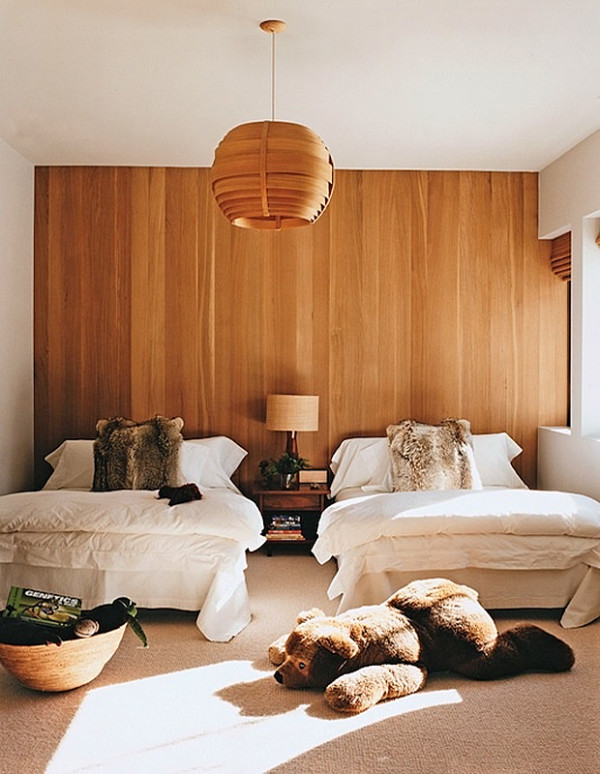
Vertical is IN. From exterior cladding to interior feature walls, vertical wood paneling is one of the easiest ways to add a sense of ceiling height and add a stylish and stylish point of difference to almost any room in your home.
Whether you want to cover an entire wall or just a feature section, vertical wood paneling will give your room a sleek, on-trend look, just like the pages of your favorite styling book.
2. Horizontal wood paneling

Don’t like the vertical look? Many designers like to use horizontal paneling for a more classic feature wall. A vertical look can also add length and a sense of space to a room. Horizontal wood wall panels help bridge the divide between indoors and outdoors, bringing warm, natural tones to an otherwise drab environment.
3. Wide wood paneling
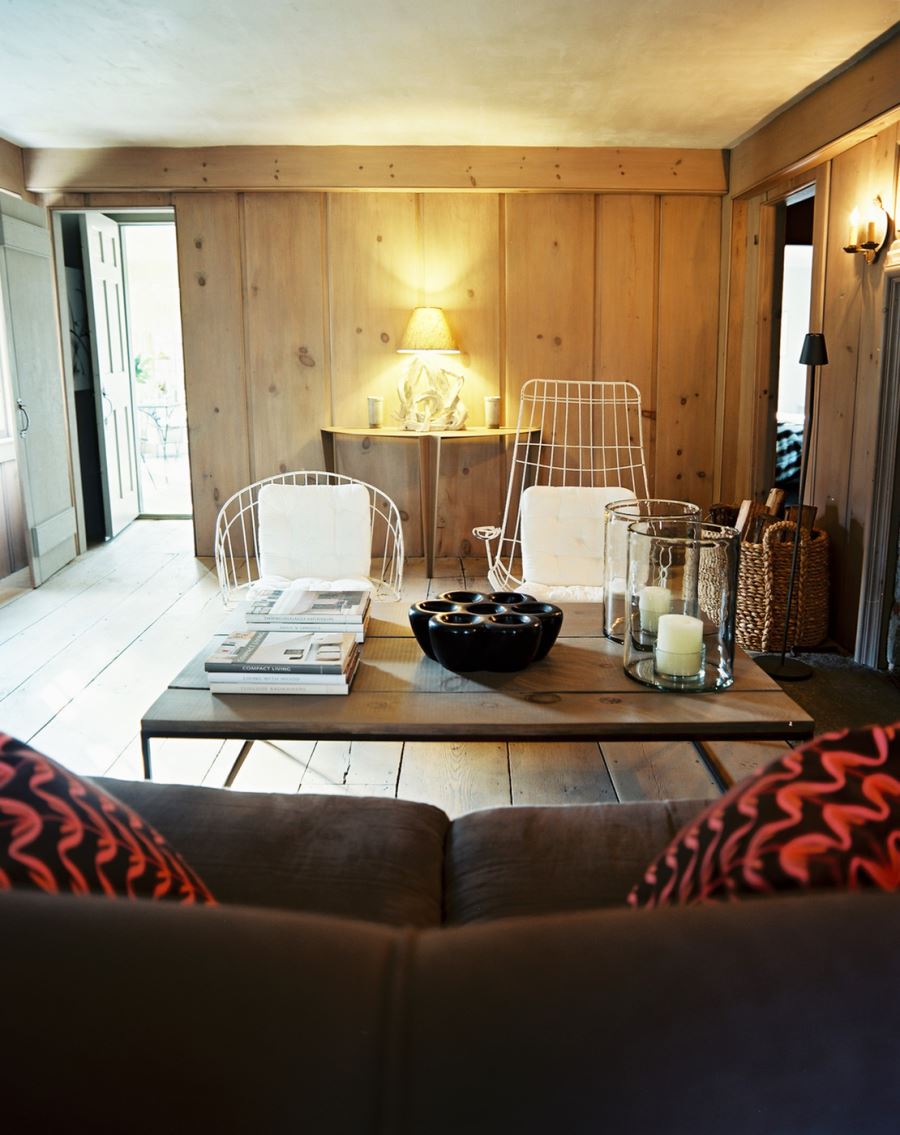
Wide wood panels for walls are one of this year’s most exciting interior trends and a favorite of European designers who appreciate their sleek, modern aesthetic.
4. Wood paneling on the ceiling
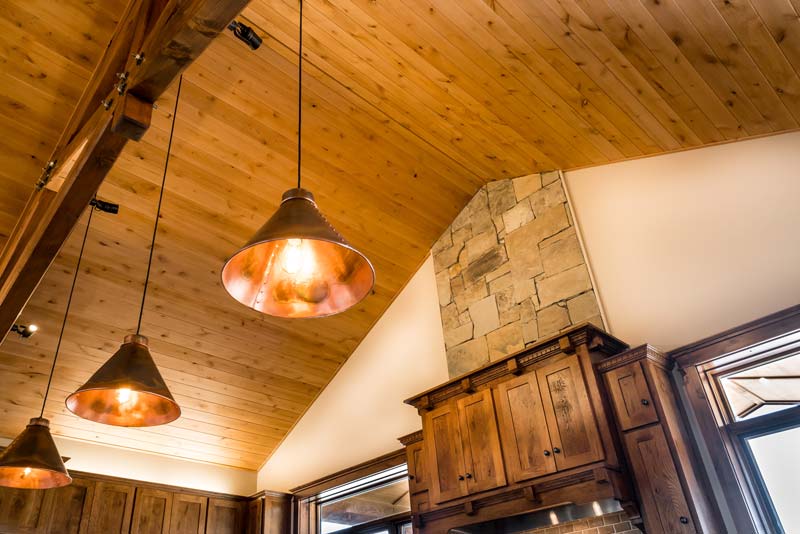
Wood paneling can also add beautiful color to your ceiling. For a range of projects, whether residential, commercial or hospitality, the ceiling paneling can have a significant impact on the design, whether it is free-standing or continues from the rest of the space.
5. Slatted wood paneling
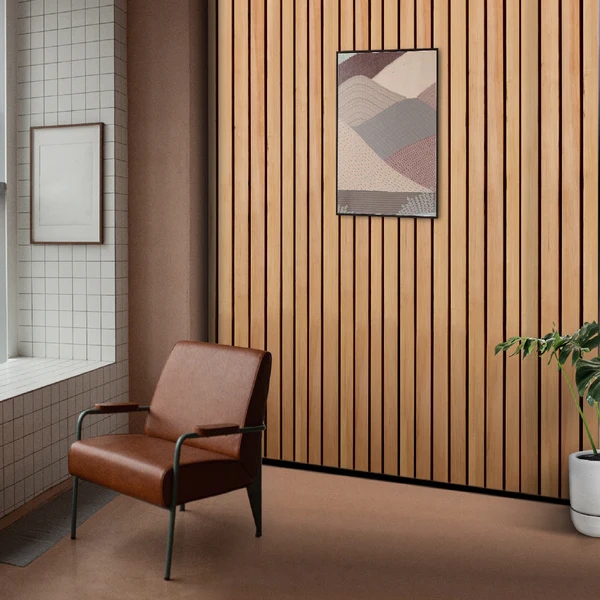
The slats are now large in both interior and exterior design. With the right application, installing some slatted paneling on your walls can inject an incredible sense of style into your room. Try pairing a slatted feature wall with sexy dark interior paint and Scandinavian or industrial design elements.
6. Paneling at the entrance
Love the idea of incorporating some wood siding panel into your interior design, but don’t want to throw it into your main living space? Wood paneling in entry halls and mudrooms is a big fashion trend continuing into 2023 and will leave a lasting impression on anyone who visits your home. From natural wood tones to painted wood panels, your entry hall is a safe space to play with something a little different.
7. Geometric wood paneling
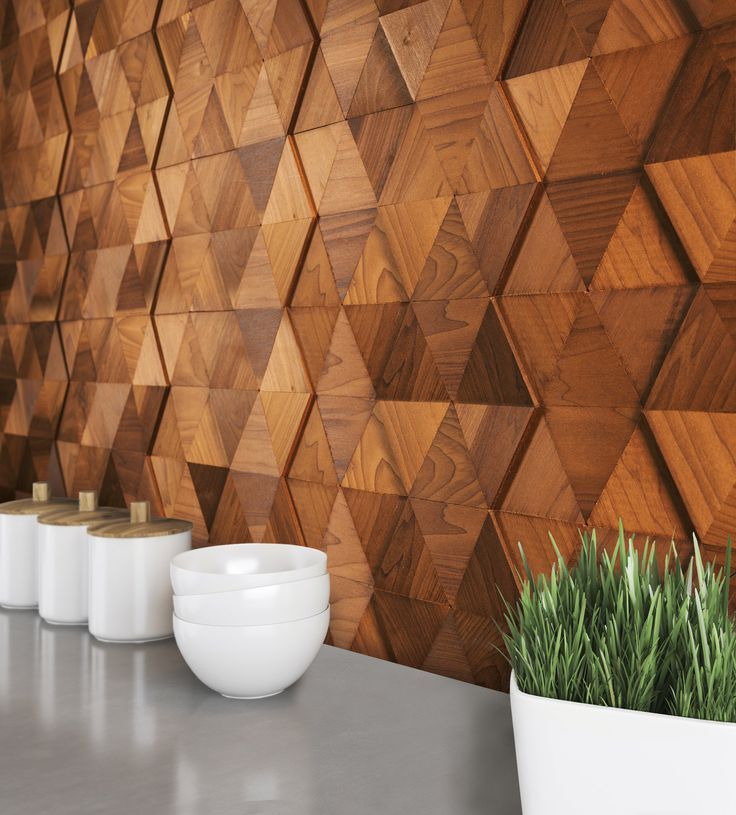
If you’re looking for stunning wood panels, a feature wall made of repeating or random shapes might be just what you’re looking for. Think squares, circles, cubes and triangles—whatever wood art you like, with the smart application of wood paneling, you can make your dreams come true.
8. Patterned wood paneling
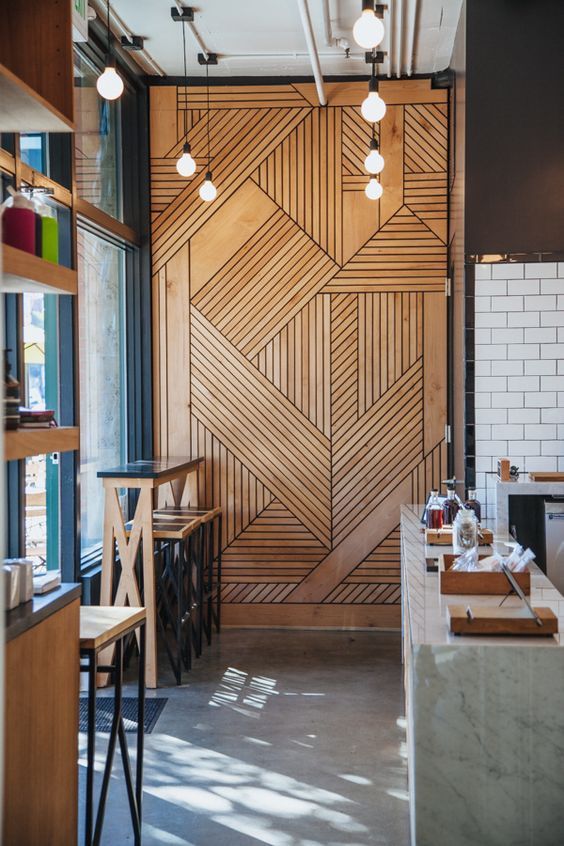
Patterned wood siding panel is a stunning trend in the European style books. The use of patterns and clever design repetitions exemplify traditional French parquet, which has given new life to wall paneling trends around the world. With clever design and application, and the right paneling product, European-inspired wood paneling has the potential to take your home design from zero to stylish in an instant.
9. Painted wood paneling
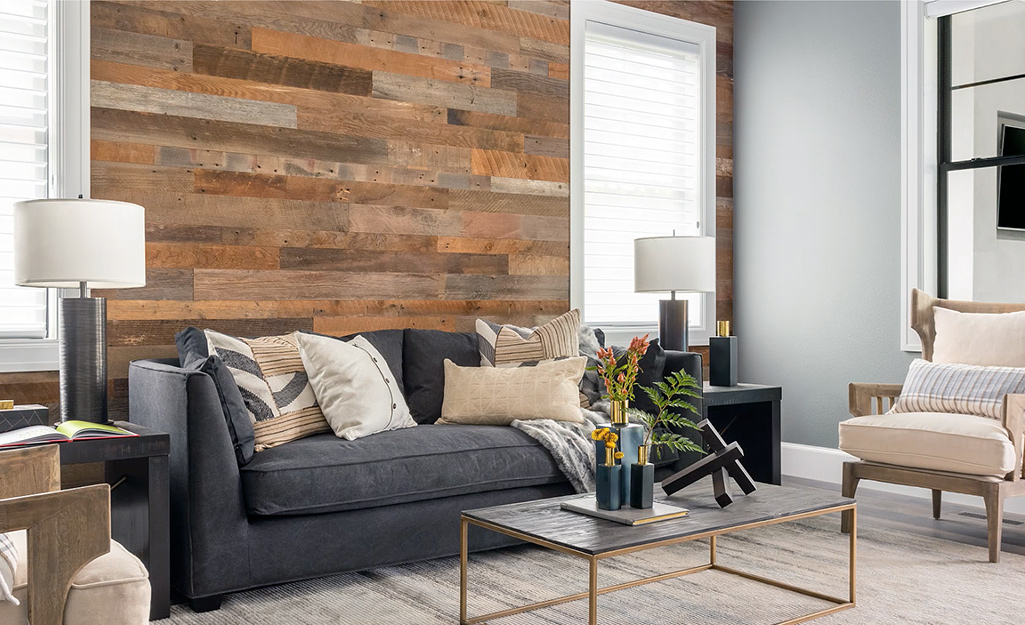
Many of us are purists when it comes to wood products, preferring the natural wood grain aesthetic. But if you already have enough wood in your home and are still looking to complement your design with depth and texture, consider the very popular painted wood siding trend. From half walls to full feature walls, painted panels are a great way to play with color without resorting to pure matte colored walls.
10. Reclaimed wood paneling
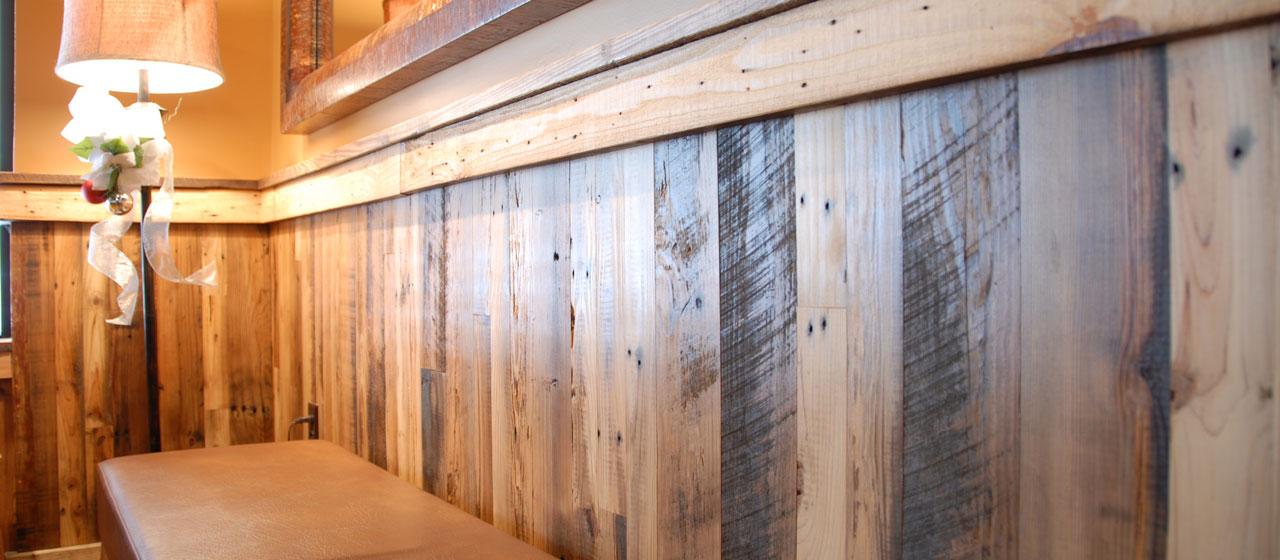
Reclaimed wood is a wonderful interior trend—whether you plan to use it for floors, walls, or ceilings. Reclaimed wood paneling is a more sustainable option for building or renovating, and it can also bring color and history to your home from its past life.
V. Conclusion
This article introduces a trend that has become popular again—wood paneling, and explains how retro products are gradually modernized through innovation and improvement in the torrent of the times, and regain market share. If you’ve rekindled your interest in wood paneling, this article also shows you how to add wood paneling to your home and gives you 10 creative designs for wood paneling. If you have any other questions about wall panels, please feel free to contact us.
Quick Quotation



